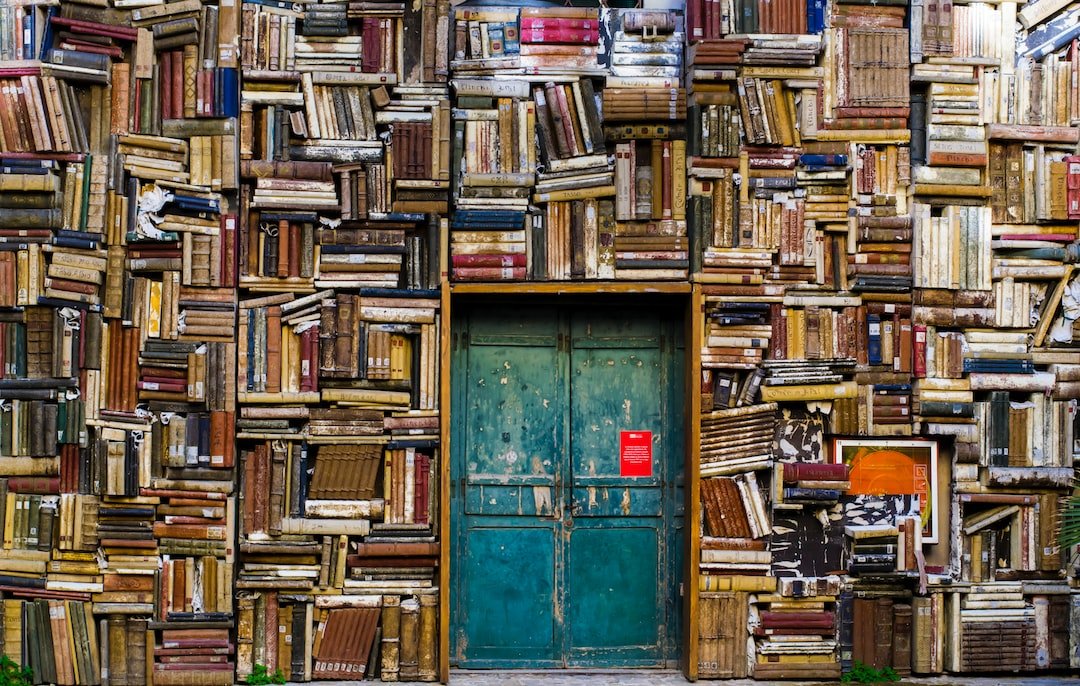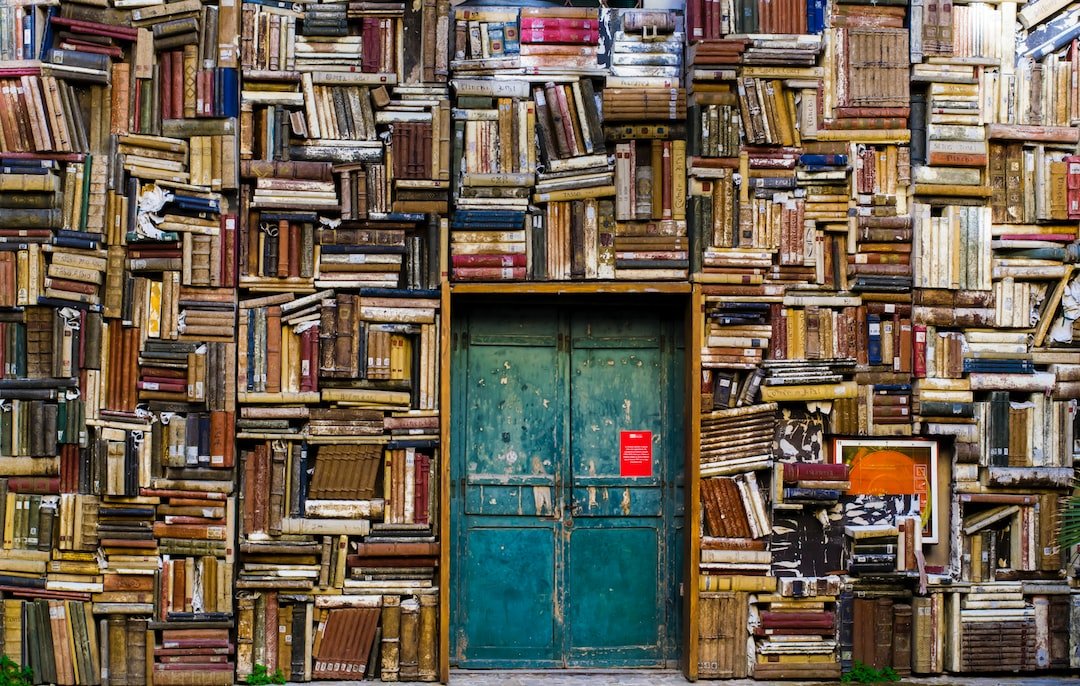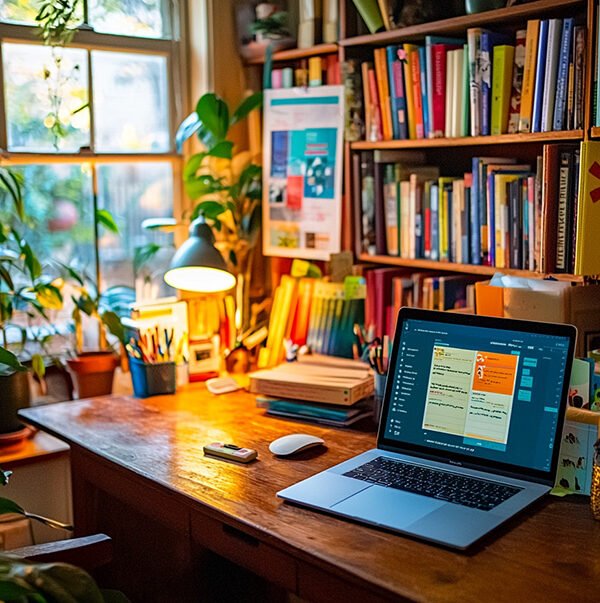The Power of Coloring for Creativity
Coloring has long been associated with childhood and leisurely activities. However, recent studies have shown that coloring can have a profound impact on creativity and mental health for people of all ages. It has become a popular form of art therapy, allowing individuals to tap into their inner artist and explore their creative potential. In this article, we will delve into the benefits of coloring for creativity and mental well-being, as well as provide tips and techniques for coloring like a pro.
How Coloring Can Help You Unleash Your Inner Artist
Coloring is not just a simple pastime; it can be a gateway to discovering your artistic abilities. By engaging in the act of coloring, you are training your brain to think creatively and develop your artistic skills. The repetitive motion of coloring can be meditative, allowing your mind to wander and explore new ideas. It can also help improve hand-eye coordination and fine motor skills.
Many individuals have found that coloring has helped them unlock their artistic potential. For example, someone who has never considered themselves an artist may find that through coloring, they are able to create beautiful and intricate designs. Coloring can also serve as a stepping stone to other art forms, such as painting or drawing. By starting with coloring, individuals can gain confidence in their artistic abilities and feel inspired to explore other mediums.
The Benefits of Coloring for Mental Health and Well-Being
In addition to its creative benefits, coloring has been shown to have numerous positive effects on mental health and well-being. One of the main benefits is stress reduction. Coloring allows individuals to focus on the present moment and let go of worries and anxieties. It can be a form of mindfulness practice, helping to calm the mind and promote relaxation.
Coloring has also been found to reduce symptoms of anxiety and depression. The act of coloring activates the brain’s reward system, releasing dopamine and promoting feelings of pleasure and happiness. This can help alleviate symptoms of depression and improve overall mood. Additionally, coloring can provide a sense of accomplishment and boost self-esteem, which can be particularly beneficial for individuals struggling with mental health issues.
Tips and Techniques for Coloring Like a Pro
To get the most out of your coloring experience, it’s important to learn some tips and techniques for coloring like a pro. Different coloring mediums require different approaches, so it’s important to familiarize yourself with the specific techniques for each medium.
When using colored pencils, it’s important to layer and blend colors to create depth and dimension. Start with light pressure and gradually build up layers to achieve the desired effect. Experiment with different blending techniques, such as using a blending stump or rubbing alcohol, to create smooth transitions between colors.
Markers are another popular coloring medium. To prevent streaks and achieve even color coverage, use a light touch and work in small circular motions. Experiment with different marker brands to find ones that have good color saturation and blend well together.
Watercolors can be a bit trickier to work with, but they offer a unique and vibrant result. Start by wetting your paper before applying the watercolor paint. Use a wet-on-wet technique for softer, blended colors, or a wet-on-dry technique for more defined lines and shapes. Experiment with different brush sizes and techniques, such as dry brushing or splattering, to create texture and interest in your watercolor pieces.
The Best Tools and Materials for Coloring Success
When it comes to coloring, having the right tools and materials can make all the difference in achieving professional-looking results. There are a wide variety of coloring materials available, each with its own pros and cons.
Colored pencils are a popular choice for coloring due to their versatility and ease of use. They come in a wide range of colors and can be easily blended to create smooth transitions. Look for colored pencils that have a soft core and good color saturation for the best results.
Markers are another popular choice, especially for those who prefer bold and vibrant colors. They offer quick and even color coverage, but can be prone to streaking if not used properly. Look for markers that have a fine tip for detailed work and a brush tip for larger areas.
Watercolors are a great option for those who enjoy a more fluid and transparent look. They can be used to create beautiful washes of color and can be easily layered to achieve depth and dimension. Look for watercolor paints that have good color saturation and are easy to mix.
How to Choose the Right Colors for Your Mood and Style
Color psychology plays a significant role in our emotions and mood. Different colors evoke different feelings and can have a profound impact on our overall well-being. When choosing colors for your coloring, it’s important to consider the mood you want to convey and your personal style.
Warm colors, such as reds, oranges, and yellows, are associated with energy, passion, and warmth. They can evoke feelings of excitement and happiness. These colors are great for creating vibrant and energetic pieces.
Cool colors, such as blues, greens, and purples, are associated with calmness, tranquility, and relaxation. They can evoke feelings of serenity and peace. These colors are great for creating soothing and calming pieces.
Neutral colors, such as grays, browns, and blacks, are associated with stability, simplicity, and elegance. They can evoke feelings of balance and sophistication. These colors are great for creating minimalist and sophisticated pieces.
When choosing colors for your coloring, consider the mood you want to convey and experiment with different color combinations to find ones that resonate with you.
Creative Prompts and Challenges to Inspire Your Coloring
If you’re looking to take your coloring to the next level and further develop your artistic skills, creative prompts and challenges can be a great way to inspire your coloring and push your boundaries. These prompts and challenges can help you explore new techniques, experiment with different color combinations, and think outside the box.
One example of a creative prompt is to choose a theme, such as nature or fantasy, and create a series of coloring pages based on that theme. This can help you develop a cohesive body of work and explore different aspects of the theme.
Another example is to challenge yourself to color outside the lines and break free from traditional coloring conventions. Experiment with abstract coloring or create your own unique patterns and designs. This can help you tap into your creativity and develop your own artistic style.
Using Your Coloring Pages as a Springboard for Other Art Projects
Your coloring pages can serve as a springboard for other art projects and inspire you to explore other mediums. For example, you can use your colored pages as a reference for painting or drawing. Take inspiration from the colors and patterns in your coloring and create a larger piece of artwork based on that.
You can also use your colored pages as collage material. Cut out different elements from your coloring pages and use them to create collages on canvas or paper. This can add texture and interest to your artwork and allow you to experiment with different materials.
By using your coloring pages as a starting point for other art projects, you are able to build upon your existing work and explore new techniques and mediums.
Sharing Your Coloring Artwork with Others and Building a Community
Sharing your coloring artwork with others can be a rewarding experience and help you build a community of like-minded artists. There are many ways to share your artwork online, such as through social media platforms like Instagram or Facebook, or through online art communities and forums.
Sharing your artwork allows you to receive feedback and encouragement from others, which can be motivating and inspiring. It also provides an opportunity to connect with other coloring enthusiasts and learn from their experiences and techniques.
Building a community of like-minded artists can provide a sense of belonging and support. You can participate in coloring challenges, exchange tips and techniques, and even collaborate on projects. This sense of community can help fuel your creativity and provide a platform for growth and development as an artist.
Conclusion: Keep Coloring and Keep Creating!
In conclusion, coloring is not just a simple pastime; it has the power to unlock your creativity and improve your mental well-being. By engaging in the act of coloring, you are able to tap into your inner artist and explore your artistic abilities. Coloring can reduce stress, anxiety, and depression, while also providing a sense of accomplishment and boosting self-esteem.
To get the most out of your coloring experience, it’s important to learn some tips and techniques for coloring like a pro. Experiment with different coloring mediums and find ones that resonate with you. Consider the mood you want to convey and choose colors accordingly. And don’t be afraid to share your artwork with others and build a community of like-minded artists.
So keep coloring, keep creating, and continue to explore your artistic abilities. The possibilities are endless!
If you’re looking for some creative and affordable ideas for making your own coloring book, check out this article on “How Much Does It Cost to Make a Coloring Book?” It provides valuable insights and tips on the cost factors involved in creating a coloring book. Whether you’re a parent looking to entertain your kids or an artist wanting to explore this popular medium, this article will help you understand the financial aspects of bringing your mini coloring book to life. So, grab your colored pencils and click here to read more!
















